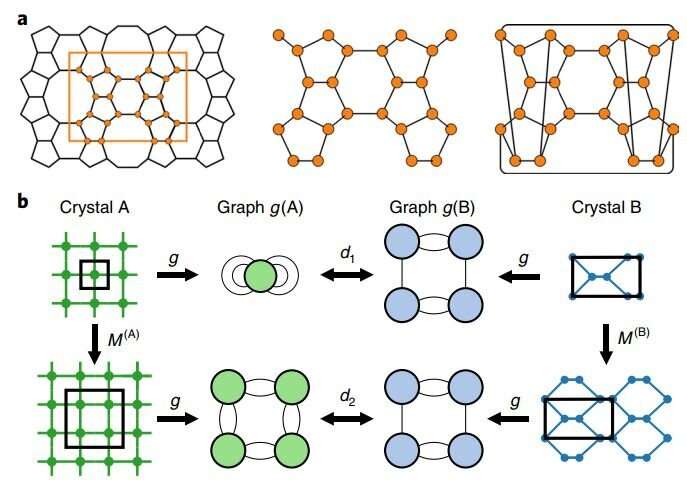As we learned in class, game theory involves the reactions of its players. One of the biggest problems we are currently facing is climate change. Even though almost all factions around the globe have realized this issue, no one is working to actively solve this problem because of the negative financial effects. This is a problem that involves a global effort, yet no players are willing to take action because it is clear a dominated strategy.
After the recent earthquake in Kutch, a district in India, the government decided to involve NGOs for rehabilitation purposes. The withdrawal of the United States from the Paris Agreement has dealt a serious blow to the recovery of the Earth. As India’s economy continues to grow, the importance of its problems grows along with it. Climate change is one such problem.
India is witnessing changes in weather patterns that might be here to stay. Rains and floods are happening in October when they should be stopping in mid-September, and there is data to show that it is not an anomaly. Even so, some are still arguing about the existence of climate change. It is clear that something needs to be done now.
A suggestion is to explore a different way to use game theory to acquire the best environmental results. Large countries, huge firms, and more generally, groups that have a large impact on climate change can be asked to adopt this approach. The idea is the create simulations to find the best policy for supporting climate change. Game theory is all about tradeoffs. If we include valuable resources in this game such as land, water, and energy, it will result in a competitive yet intriguing paradigm.
A definite positive for this strategy is that this type of cooperation might make these entities think a bit more long-term. No one wants to stay in a zero-sum game. At the end of the day, we all want a greener planet. Solving problems such as water shortage, inefficient irrigation systems will greatly reduce the effects of climate change. One of the benefits of globalization is the potential ability to tackle climate change, and I have hope that we can work together for a better future.
Source: https://www.financialexpress.com/opinion/climate-change-game-theory-holds-a-solution/1757991/

